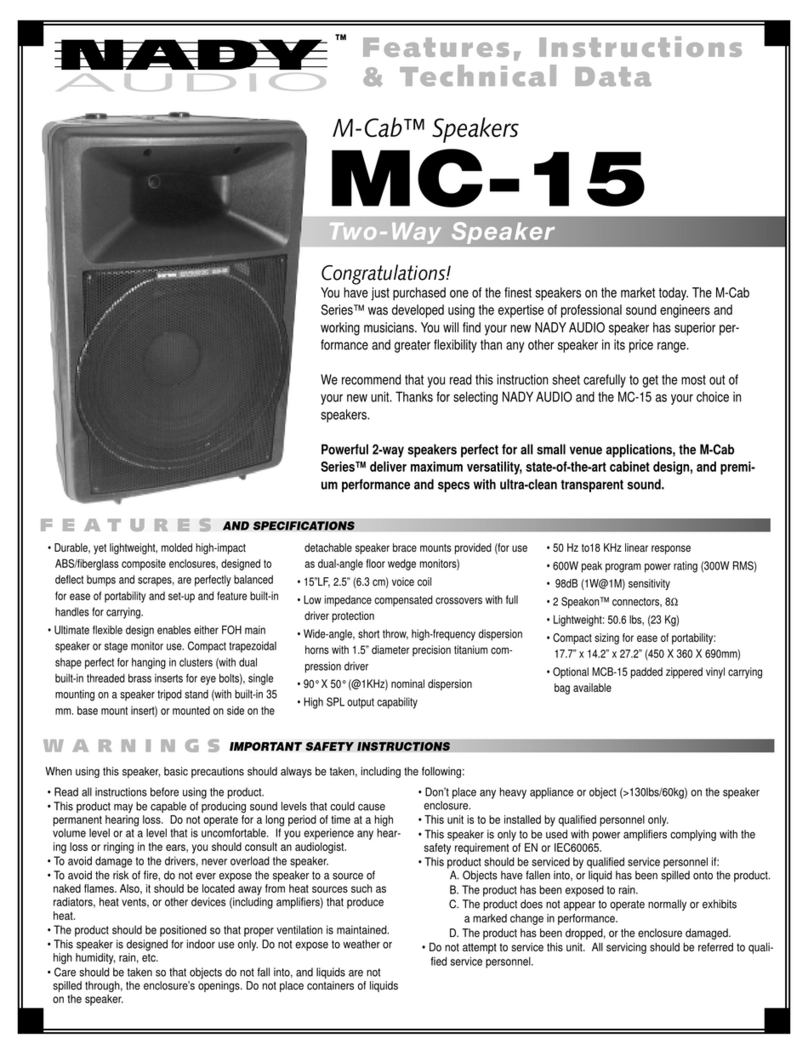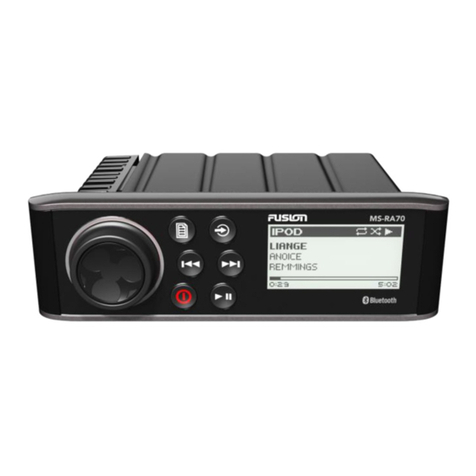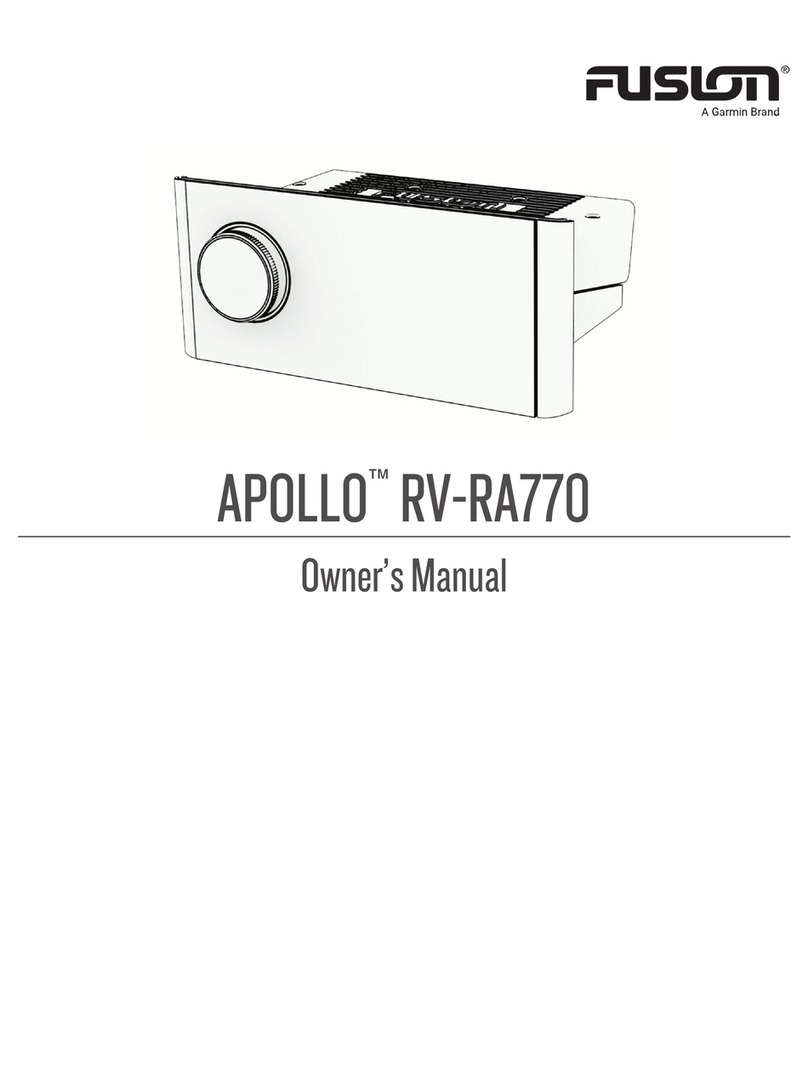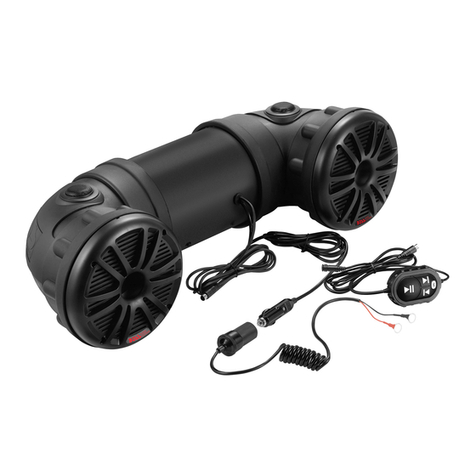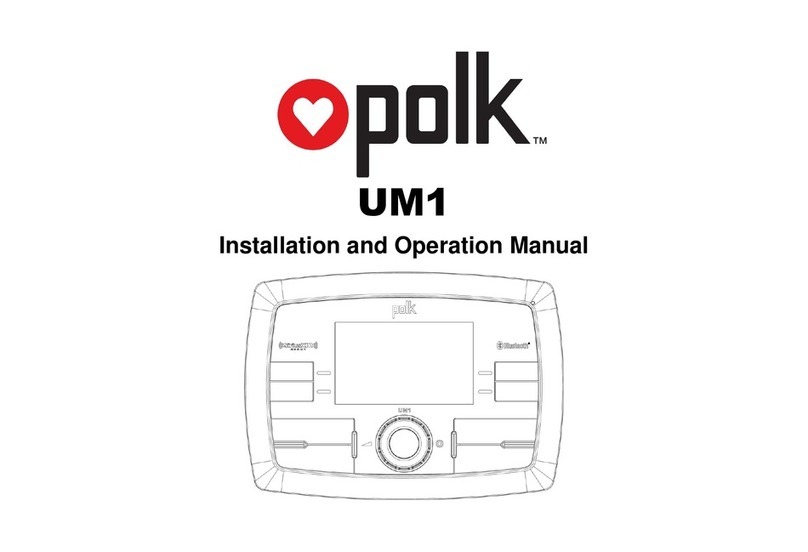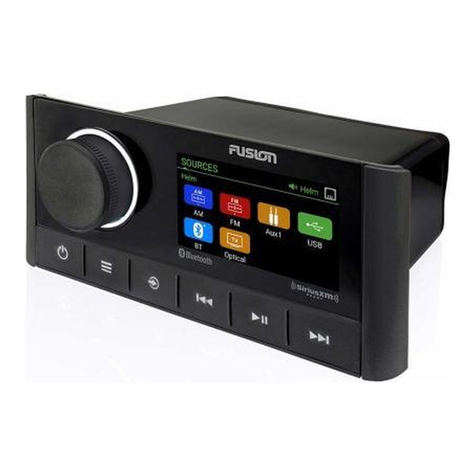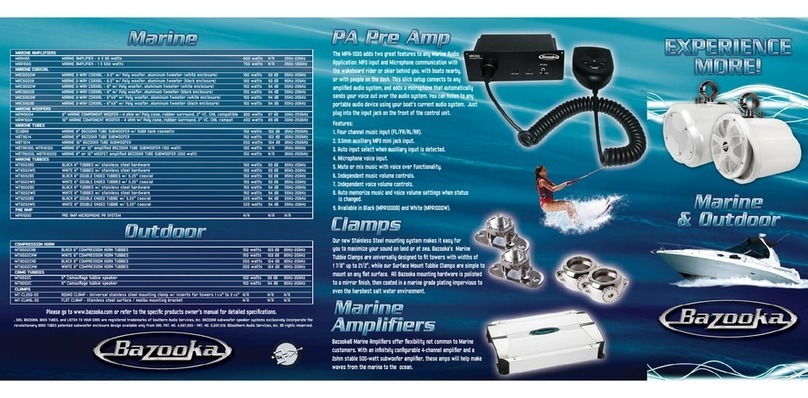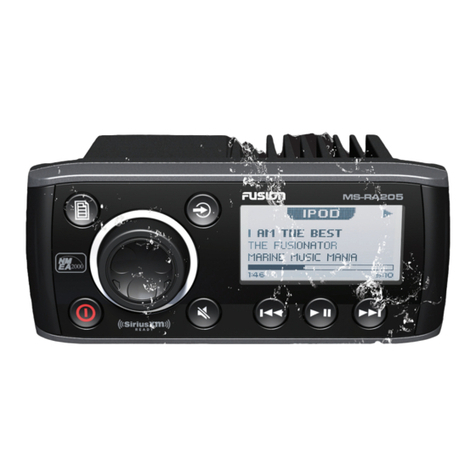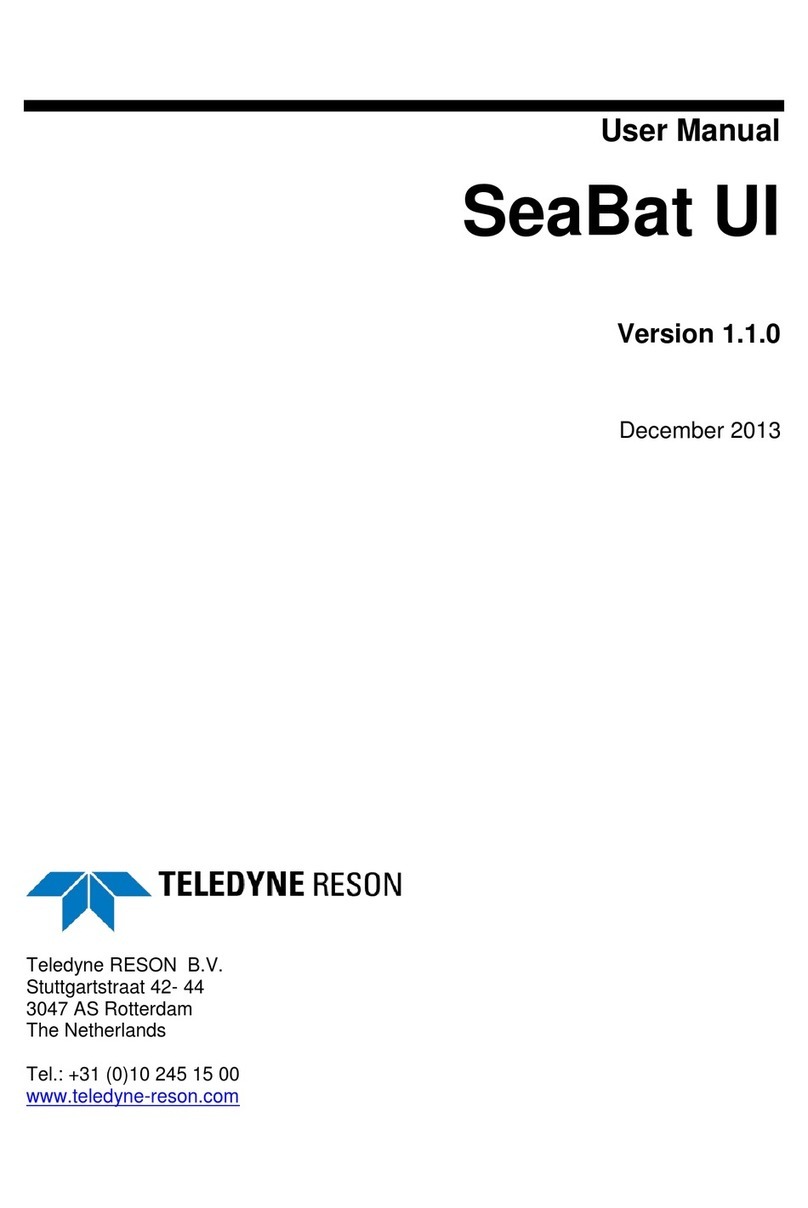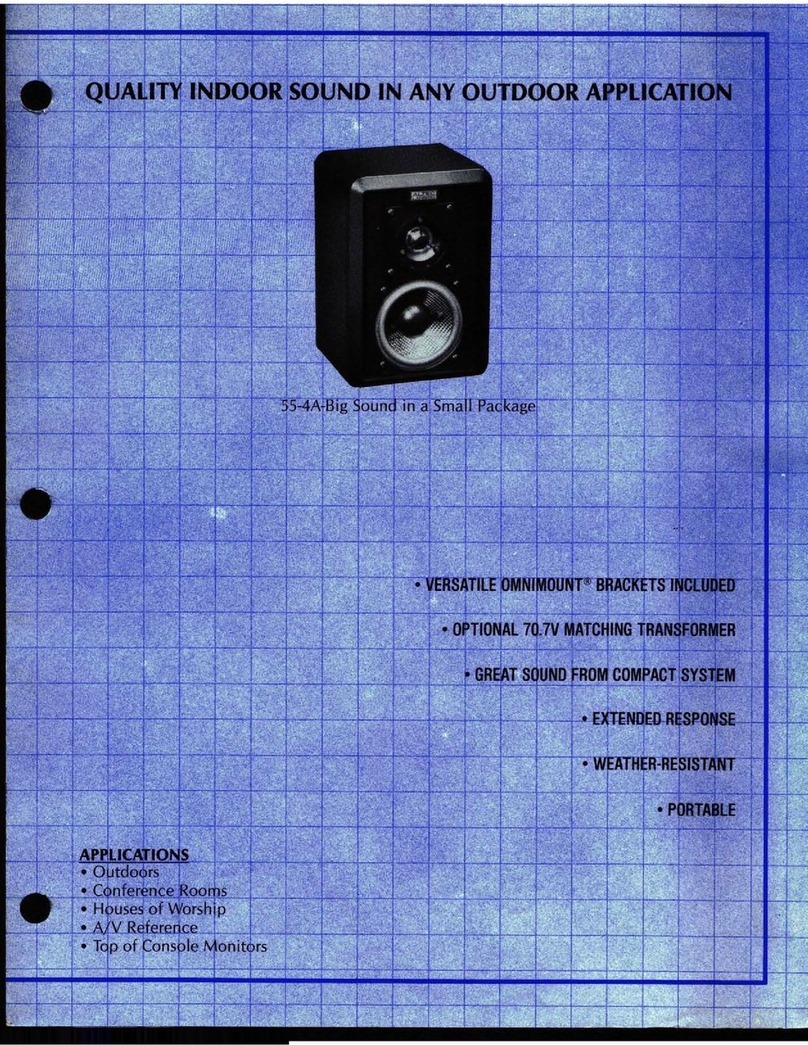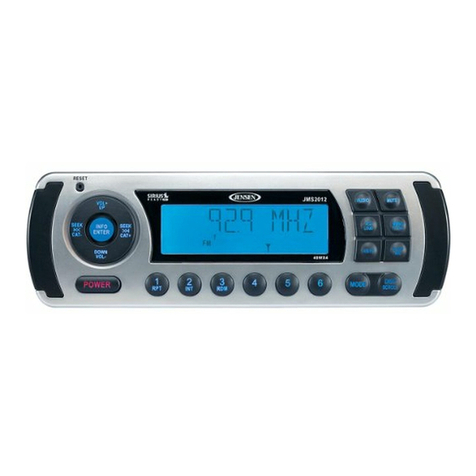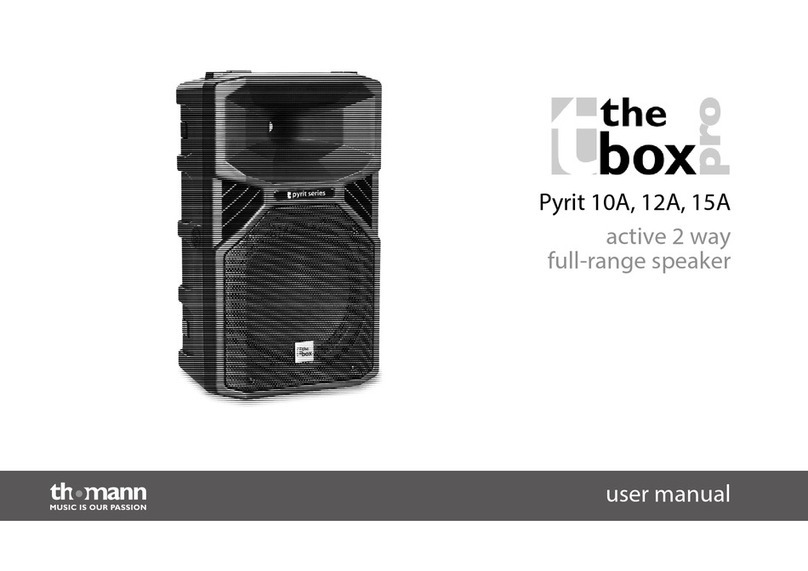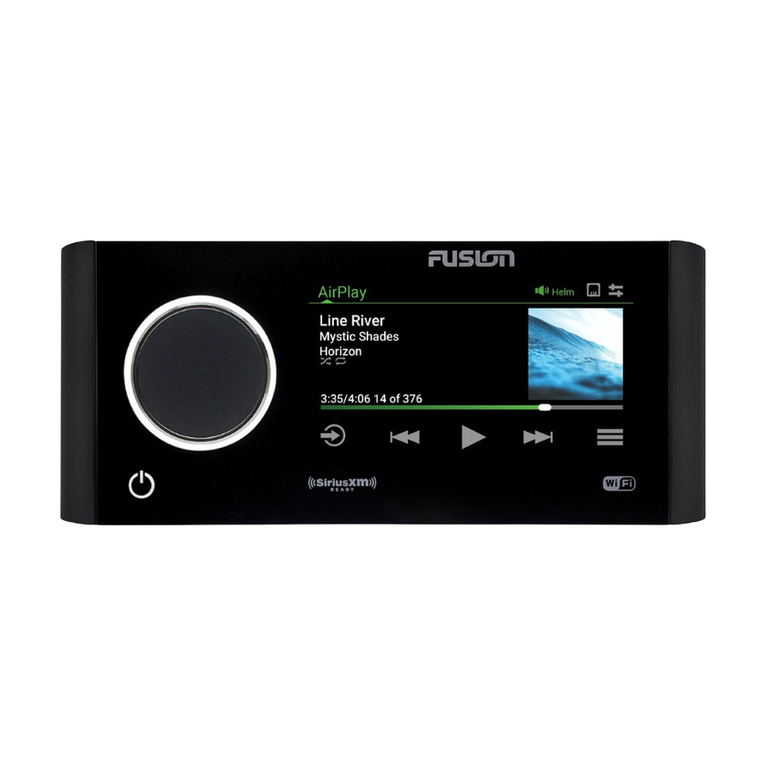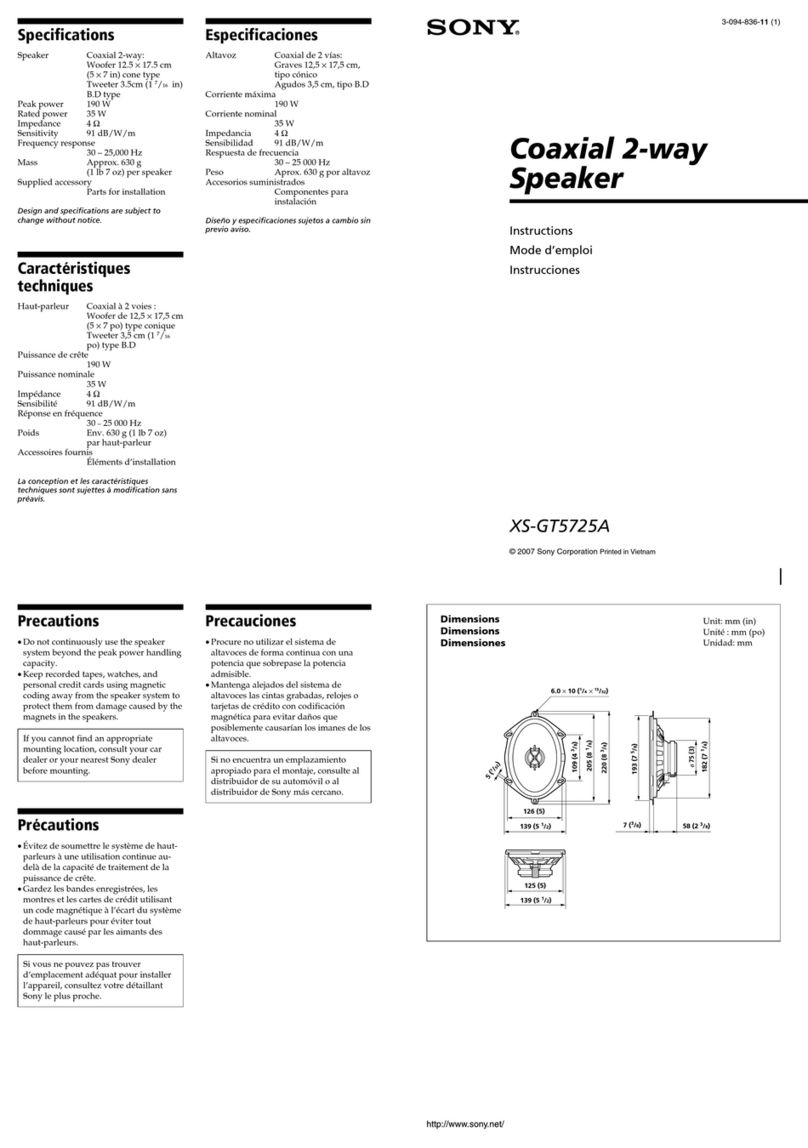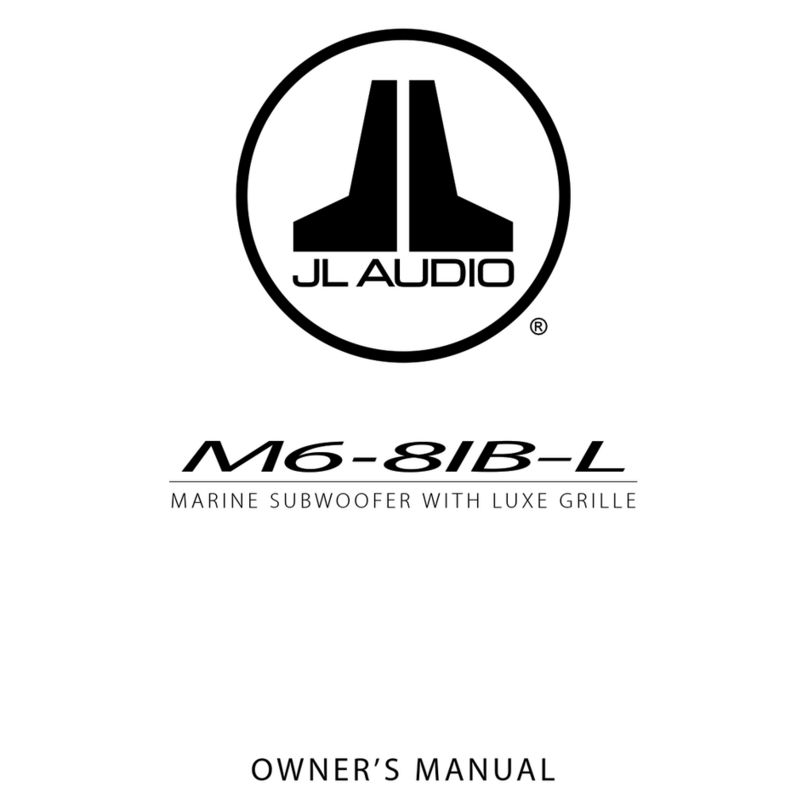2
ENGLISH
MAA AMPLIFIERS
SAFETY PRECAUTIONS
Fuse amplifiers power wire at the battery.
Be sure to fuse the power wire within 12” of the boat's battery. This will protect the boat’s
battery in case of a short circuit between the power amplifier and battery. THIS IS A MUST,
the amplifier's built-in fuse will only protect the power amplifier not the boat’s battery!
Use high grade wire connectors.
To ensure maximum power transfer and secure safe connections, it is recommended to
use high grade barrier spades (for connection at amplifier if applicable) and terminal rings
(for connection at battery).
Do not run any wires underneath vehicle.
Exposed wires have a chance of being cut or damaged. It is best to run all wires through
the boat under the carpet and/or side panels. This lends to a cleaner installation and less
risk of damage.
Use caution when mounting amplifier.
Remember there are many electrical wires, gas lines, vacuum lines, brake lines as well as a
gas tank in the boat. Make sure you know where they are when mounting the amplifier to
avoid puncturing lines, shorting wires or drilling holes in the gas tank.
Run signal wires away from electrical wires.
To avoid possibility of induced noise from the boat’s electrical system (i.e. popping noises
or engine noise), run wires away from the boat's electrical wiring.
Make all ground wires as short as possible and at the same point.
In order to reduce the chance of ground loops (i.e. engine noise), make the grounding wire
as short as possible to reduce the wire's resistance. Also, when using multiple
components, make sure all units are grounded at the same point.
Avoid sharp edges when running the wires.
To avoid the possibility of power, signal or speaker shorts, be careful not to allow the
amplifiers wires to come in contact with sharp edges. Use a grommet to protect the wire
when running through the fire wall .
